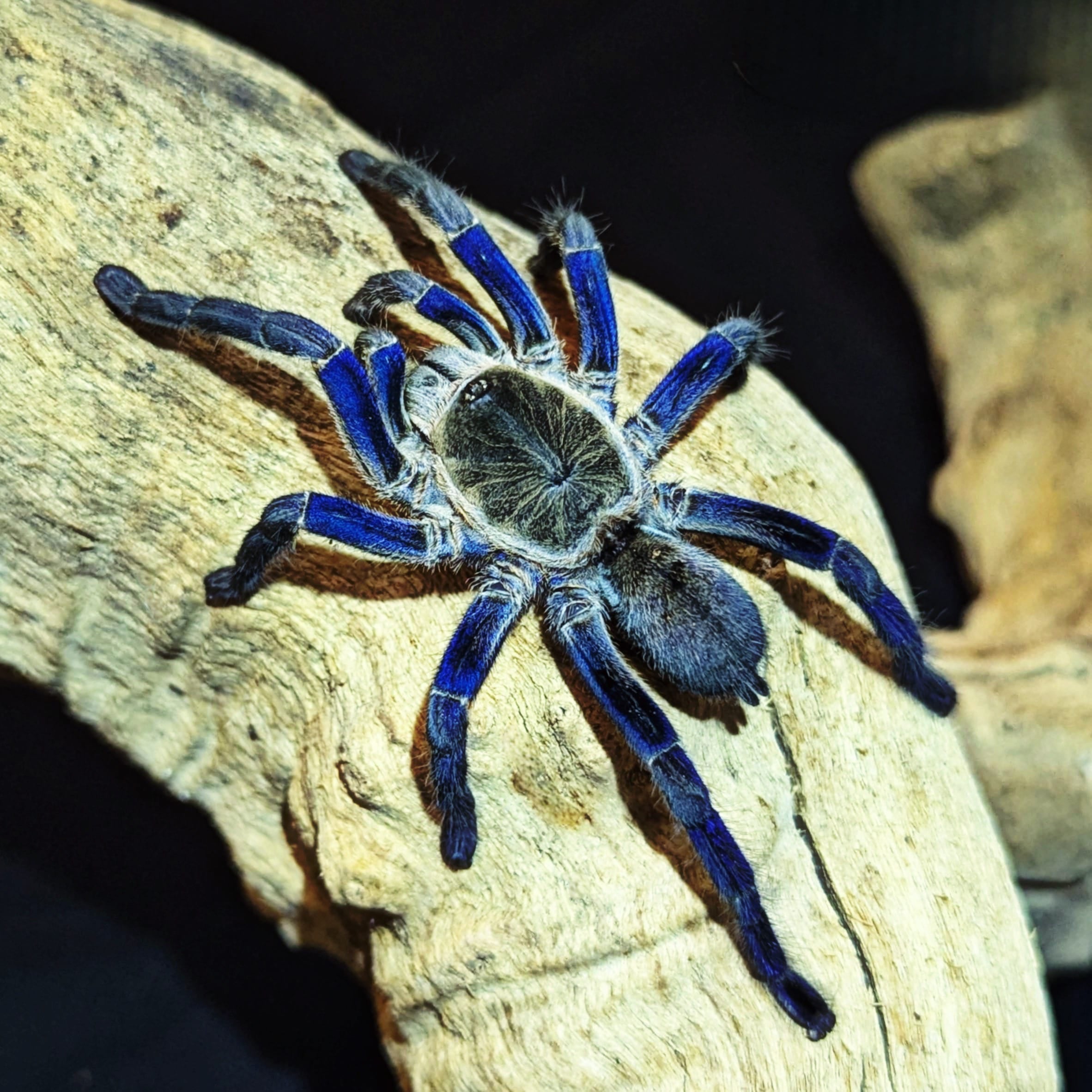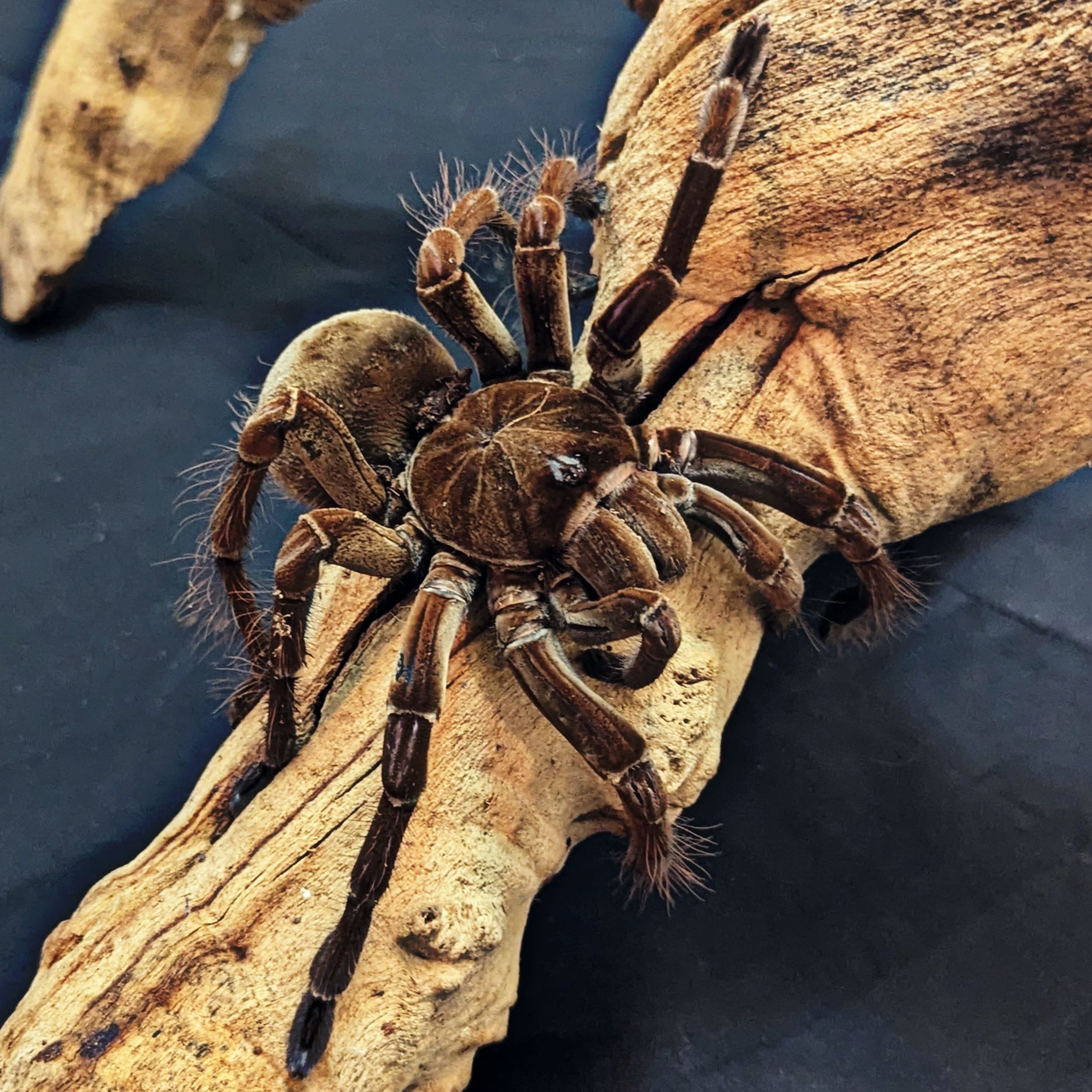Introduction
The Peruvian Purple Toe Tarantula, Avicularia sp. M2, is a stunning arboreal species known for its vibrant purple hues and calm disposition. Native to the tropical regions of Peru, this tarantula is ideal for intermediate keepers due to its unique climbing needs and sensitivity to humidity.
Habitat Setup
As an arboreal species, Avicularia sp. M2 requires a vertically oriented enclosure at least 12 inches tall, 8 inches wide, and 8 inches deep for juveniles, with larger dimensions for adults. Provide plenty of climbing structures using cork bark, vines, and branches. Substrate should be 2-3 inches of moisture-retentive material such as coconut fiber or soil. Maintain temperatures between 75-80°F and humidity around 70-80%. Ensure excellent cross ventilation to prevent mold and stagnation, as this species is prone to respiratory issues. A small water dish and occasional misting help maintain humidity levels.
Diet
Feed a variety of insects such as crickets, small roaches, and mealworms. Juveniles should be fed every 3-4 days, and adults once or twice a week. Remove uneaten prey after 24 hours to reduce stress and maintain cleanliness.
Shedding Care
During pre-molt, the tarantula may stop eating and become reclusive. Avoid handling and ensure humidity is slightly increased to assist with molting. Post-molt, wait 5-7 days before offering food again to allow the exoskeleton to harden.
Female-Specific Care
Females tend to be more reclusive and long-lived, often reaching 10-12 years in captivity. Provide secure, elevated hiding spots where they can safely molt or retreat.
Handling and Temperament
Peruvian Purple Toe tarantulas are generally calm but fast and agile, making them tricky to handle. They may jump when startled. Limit interaction to avoid stress and handle only over soft surfaces when necessary.
Health and Maintenance
Spot-clean regularly and monitor for mold due to high humidity. Replace substrate every 6-12 months. Proper airflow and consistent humidity levels are essential for this species’ health.
Conclusion
Avicularia sp. M2 is a beautiful and gentle tarantula that thrives in a vertically structured, well-ventilated enclosure. With proper care, this vibrant species will be a rewarding addition to any collection.




Leave a comment
This site is protected by hCaptcha and the hCaptcha Privacy Policy and Terms of Service apply.